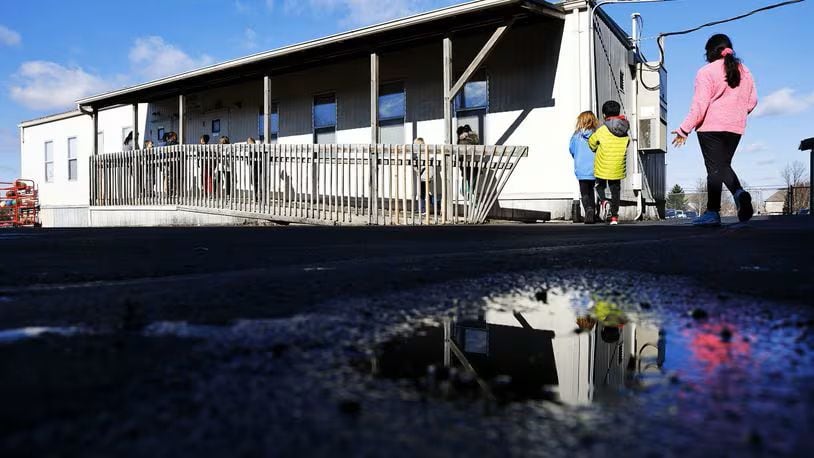The state commission provides financial assistance to public school systems that meet its qualifying requirements to partially fund new school construction and facilities modernization.
Lakota officials have long discussed and planned to replace and renovate some of its aging school buildings in the 18,000-student district but saw that strategy delayed by the onset of the COVID pandemic in March 2020 and subsequent school schedule disruptions in 2021.
The latest school board action is a major step in the years-long process of applying to enlist the OFCC as a partner in helping to provide state funds to partially cover the costs of any new school or school building renovations Lakota officials may eventually decide to undertake.
The needs go beyond replacing brick and mortar school buildings, said Lakota Board of Education President Julie Shaffer, but also include prioritizing educational quality for southwest Ohio’s largest suburban district.
“I think we all recognize the need to address our facilities’ needs given, right now, some of our learning needs are being challenged by class sizes but we just don’t have … the space to put (new classrooms),” Shaffer said in a released district statement after the unanimous board vote.
“I think we all recognize that not only is this a facilities need, but it’s impacting what we’re able to do from an educational basis as well.”
Lakota officials said enrollment in the state commission’s ELPP program is a key, preliminary step required “to gain the OFCC’s support and partnership in ultimately building a master facilities plan that, when approved by the commission, will be financed in part by the state.”
While there are many unknowns that must be addressed, including funding options, Lakota Chief Operations Officer Chris Passarge told board members, the first step in moving forward with a master facilities plan would be to partner with the state through ELPP.
Among the benefits, said Passarge, is an OFCC-funded enrollment study, which is required in order to receive state funding because everything in an OFCC-approved master facilities plan is based on enrollment, including the square footage of schools.
The last time an enrollment study was done in Lakota was in 2019. Current enrollment has already outpaced this 10-year study by about 500 students, said district officials.
Also part of the study will be an updated building assessment to determine the efficiency of Lakota schools.
Last done in 2019, 10 schools were determined to be “deficient,” which means it is more cost effective to build new schools than to renovate them in order to bring them up to the standards the OFCC sets for new school buildings in Ohio.
Officials stressed this does not mean that any Lakota school is currently unsafe or unfit and not being maintained properly by the district.
Last year the school board approved a grade reconfiguration for its schools and 10 of its 24 school buildings were listed for “possible” decommission due to age.
A list of those schools and more information regarding the district’s evolving facilities plan is available on Lakota’s website.
The facilities plan process and any possible next steps will include further public input, said Passarge.
“Once you agree on the enrollment and the assessments, (the OFCC) will start to generate master plan options based on the current grade configuration we want to look at, or others that may come up through community conversations,” he said.
Lakota officials added that “while the district has engaged the community throughout the process, more engagement will be needed as the board gets closer to determining what the timeline for implementing the master facilities plan will look like.”
About the Author
